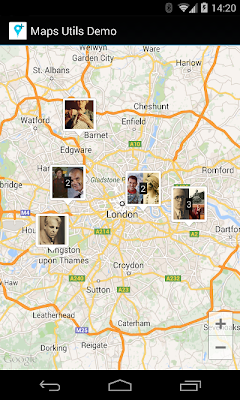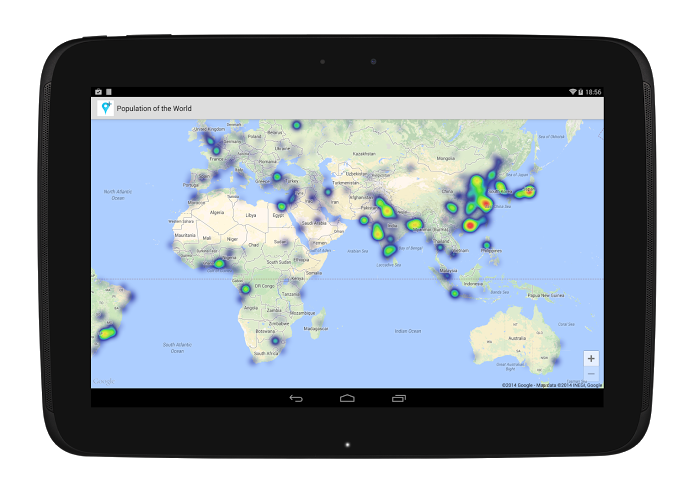Since we introduced the ability to embed the new Google Maps, a growing number of sites across the web have been helping their visitors visualize and remember places, using maps built for them. However, we know that many sites require multiple maps, and repeatedly generating them can be a challenge.
Today we're making this easier by launching the Google Maps Embed API, giving developers the ability to generate HTML snippets that embed Google Maps within their own website. Using the API to take control of your embedded maps, you can now effortlessly customize the location and appearance of the map with a handful of simple URL parameters.
For example, our friends at the Guggenheim in New York are using the Google Maps Embed API, allowing visitors to save the location to Google Maps directly from the website. Visitors can then quickly plan their day and navigate to the museum by pulling up their saved places on any device with Google Maps.

Over in San Francisco, SFMOMA is using the Google Maps Embed API to show the museum’s temporary exhibit locations. Visitors can get easily get directions to these locations and save them to Google Maps for later viewing on any of their devices.
.jpg)
In addition, over the coming weeks, we’ll be updating existing classic Google Maps embeds to the new format so visitors can enjoy a consistent embedded Google Maps experience across the web. This also means that starting today, the Maps/Earth APIs Terms of Service will apply to all updated embedded Google Maps.
Finally, as with our existing embedded maps, the Google Maps Embed API is free and without limits, and the new API also includes the same on-map ad experience we introduced to embedded maps in November.
To get started, head over to our developers page and embed away!




.png)




